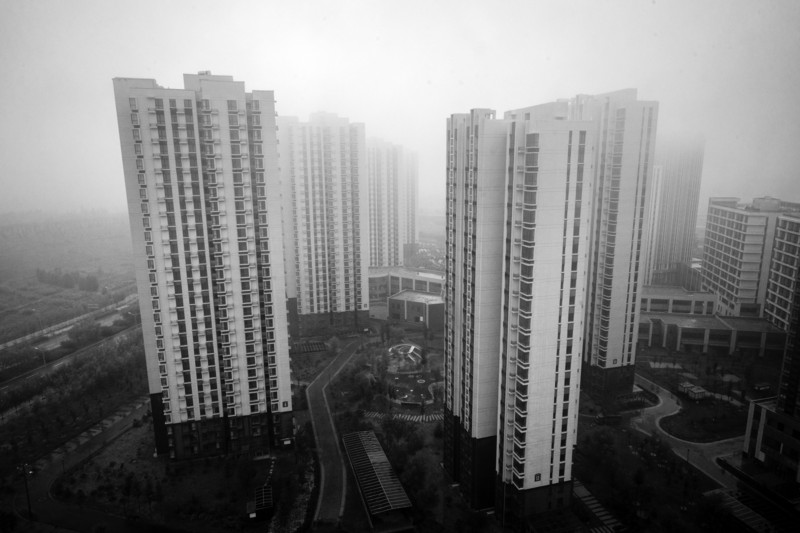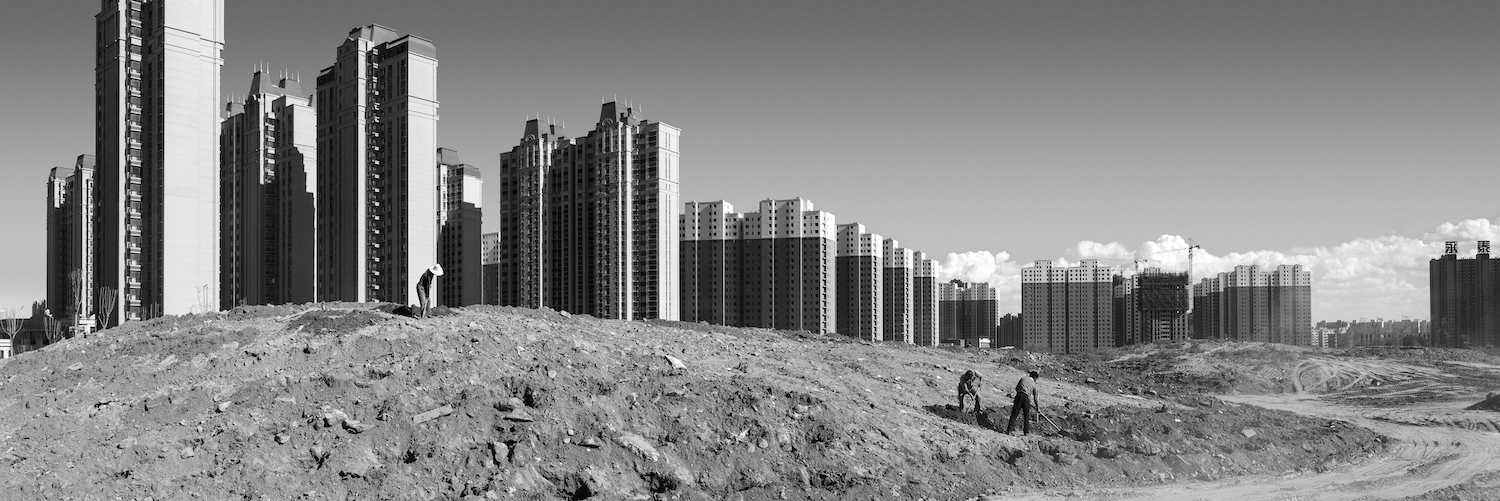The Post-War Dream
© Alessandro ZanoniI spent six weeks in the Inner Mongolia Autonomous Region, making photos to document the transformation process of the most important cities in the region: Ordos, Hohhot, and Baotou. The result is a visual journey depicting the transformation of urban areas driven by the profound Chinese process of economic and social change; the photo series reveals the core of the urbanization processes in industrial and postindustrial societies.
During my journey, I discovered that no matter the scale, the definition of habitat tends to be homologated. What I was experiencing, was the impact of the present geological era, the Anthropocene, where landscape, as well as earth system processes and dynamics, are altered by humans. The question posed by the project is if there is still space for another image of the city, beyond the apocalyptic dystopia laid ahead by the great metropolis of the twenty-first century.

It is no surprise the abrupt acceleration that urbanism has achieved at the beginning of the new millennium. What we observe in China is a projection of needs not entirely expected, which foreshadow the construction of prior housing complexes often void. The light and shade of architectural shapes define an empty space, where the skyscraper prevails, becoming a totem.

The sparsity of human beings marks the pace of social adaptation to change. The force of urbanization represents more than just the human presence; it is a human footprint on the planet. These images are non-judgemental, as to the model of growth and development. They are mere visual observations, recording how we, as human beings, transform and shape the environment we are living in.
click to view the complete set of images in the archive







The Post-War Dream
1st Edition, 2018
150 copies
22,5 x 33 cm
104 pages
Bodoniana package
English / Chinese
ISBN: 978-88-32108-01-9
150 copies
22,5 x 33 cm
104 pages
Bodoniana package
English / Chinese
ISBN: 978-88-32108-01-9
